Reinigung und Pflege von Sattelzeug und allen Sattlerwaren
Das Reinigen von Sätteln und Zaumzeug oder Zaumzeug, wie es zusammenfassend genannt wird, kann eine befriedigende Aufgabe oder eine lästige Pflicht sein, je nach Zustand der Sättel und ob sie regelmäßig gereinigt und gepflegt werden.
Es ist eine Genugtuung, eine Sattelkammer zu sehen, in der Reihen geschmeidiger, glänzender Zaumzeugteile zusammen mit einer Sammlung sauberer, gut geölter und polierter Sättel hängen. Außerdem hat man die Gewissheit, dass die Lederarbeiten in bestem Zustand gehalten werden.
Je nachdem, ob Sie eine gründliche Reinigung oder nur ein tägliches Abwischen durchführen, benötigen Sie noch:
- Zwei kleine Schwämme (am besten Spülschwämme).
- Schüssel oder Eimer mit heißem Wasser (dieses muss so heiß sein, wie Sie es ertragen können)
- Kleines Handtuch
- Weiches Baumwolltuch (zum Polieren von Metallwaren)
- Cocktail- oder Streichholz zum Herausstechen des Schmutzes aus den Löchern in den Zaum- und Steigbügelriemen
- Messing- oder Silberreiniger zum Polieren von Messing-, Nickel- oder Stahlverschlüssen
- Harte Nagelbürste für hartnäckige Fettflecken
- Glycerinseife als Riegel oder Spray
- Pflegender Lederbalsam für zusätzliche Pflege
- Pflegeöl, um altes, steifes Leder weicher zu machen oder neues Leder weicher zu machen
Tägliche Reinigung
Zum täglichen Reinigen und Abwischen hängen Sie das Zaumzeug und die Accessoires an einen Haken. Ziehen Sie die Leder von den Haltern, aber lassen Sie alle Schnallen geschlossen. Nehmen Sie die Satteldecke und den Sattelgurt vom Sattel und legen Sie sie beiseite. Ziehen Sie die Steigbügel nach unten, damit die Leder abgewischt und die Steigbügel abgewischt werden können.
Wischen Sie mit sehr warmem Wasser und einem Schwamm über das gesamte Leder und achten Sie dabei besonders auf die Schnallenbereiche. Achten Sie auf abgenutzte Nähte. Weichen Sie das Teil in sauberem Wasser ein und trocknen Sie es mit einem Handtuch ab. Entfernen Sie mit einem Streichholz oder Cocktailspieß überschüssiges Fett und Seife aus den Schnallenlöchern.
Wischen Sie überschüssige Feuchtigkeit vom Leder ab, bevor Sie mit einem trockenen Schwamm die Glyzerinseife oder das Spray auftragen, um den letzten Schliff zu erzielen. Räumen Sie das Zaumzeug auf, indem Sie das Leder wieder in die Halterungen stecken, fädeln Sie den Kehlriemen durch die Zügel, damit die Zügel oben und nicht im Weg sind, und schließen Sie zum Schluss den Nasenriemen, bevor Sie das Zaumzeug wieder an einer Wandhalterung in der Sattelkammer aufhängen.
Wischen Sie bei Sätteln und Sattelgurten sämtliche Bereiche mit einem feuchten Schwamm ab. Achten Sie dabei besonders auf die Unterseite des Sattels und die Sattelgurtriemen und achten Sie auf schwache Nähte oder Schäden am Leder.
Tiefenreinigung oder Tack
Eine regelmäßige gründliche Reinigung des Sattelzeugs oder nach einem Tag im Schlamm dauert zwar etwas länger, ist aber unerlässlich, um die gesamte Lederarbeit intakt, sicher und geschmeidig zu halten.
Besonders schlammige oder nasse Sättel und Zaumzeug sollten Sie abziehen und gründlich mit warmem Wasser abwaschen. Eine Nagelbürste ist praktisch, um Steigbügel, Martingale, Sattelgurte und andere Bereiche zu schrubben, in denen sich dickes Fett und Schlamm angesammelt hat. Wenn das gesamte Sattelzeug gereinigt ist, können Sie sich dem Zaumzeug widmen und es vollständig abziehen.
Das Öffnen aller Schnallen und das Zerlegen des Zaumzeugs ist eine gute Möglichkeit, Nähte und Metallarbeiten zu überprüfen. Außerdem wird dadurch sichergestellt, dass alle Teile, die beim täglichen Abwischen übersehen werden, regelmäßig überprüft werden.
Wischen Sie alle Zaumzeugteile gründlich ab und legen Sie das Gebiss in sauberes Wasser. Wenn alles gewaschen ist, trocknen Sie das gesamte Leder mit einem Handtuch ab, bevor Sie ein Lederpflegebalsam wie unser Leather Luxe auftragen. Dadurch wird sichergestellt, dass das Leder gut gepflegt wird und seine Weichheit und Geschmeidigkeit wiederhergestellt wird.
Wenn das Leder sehr trocken oder hart ist, verwenden Sie ein Sattelpflegeöl. Tragen Sie es mit einem Schwamm auf oder lassen Sie es einwirken. Je nach Zustand und Alter des aufzufrischenden Sattelzeugs können mehrere Anwendungen erforderlich sein.
Für einen abschließenden Hochglanz kann ein Glycerinspray wie Leather Care aufgetragen werden. Dieses wird am besten verwendet, nachdem der Leather Luxe -Balsam über Nacht einwirken konnte. Das Leather Care Glycerinspray schützt und verleiht Glanz und ist ideal für ein letztes Abwischen vor dem Betreten der Wettkampfarena.
Restaurierung von Sattlerwaren, die in einer feuchten Sattelkammer gelagert wurden
Sattelzeug, das während der Wintermonate in einer Sattelkammer gelassen wurde, kann leicht schimmeln. Sobald die Temperaturen im Herbst zu sinken beginnen, bildet sich eine Schicht grauen Schimmels. Wenn die Sattelkammer beheizt ist, sollte dies kein Problem sein. Es verursacht nur dann Probleme, wenn die Sattelkammer oder der Sattelschuppen unbeheizt bleibt und feucht wird.
Sobald die Sporen auf dem Leder sind, entfernen Sie sie am besten mit einer Lösung aus sehr warmem Wasser, gemischt mit einem Desinfektionsmittel oder einem Bakterizid. Waschen Sie das Tuch oder den Schwamm danach oder entsorgen Sie es nicht, da es Sporen auf andere Sattlerwaren übertragen kann. Trocknen Sie das Leder gründlich mit einem sauberen Handtuch ab, bevor Sie Leather Luxe , einen Pflegebalsam auf Bienenwachsbasis, auftragen. Dies hilft, eine Barriere gegen die feuchte Luft zu bilden und das Leder zu schützen.
Bedecken Sie den Sattel mit einem Tuch oder einer Decke und ziehen Sie einen Sattelbezug darüber, um den Sattel möglichst trocken und warm zu halten.
Gewächshausheizungen verbrauchen wenig Energie und vertreiben die Kälte aus einem feuchten Sattelraum. Idealerweise sollte der Sattelraum während der Wintermonate isoliert und auf niedriger Stufe beheizt werden.


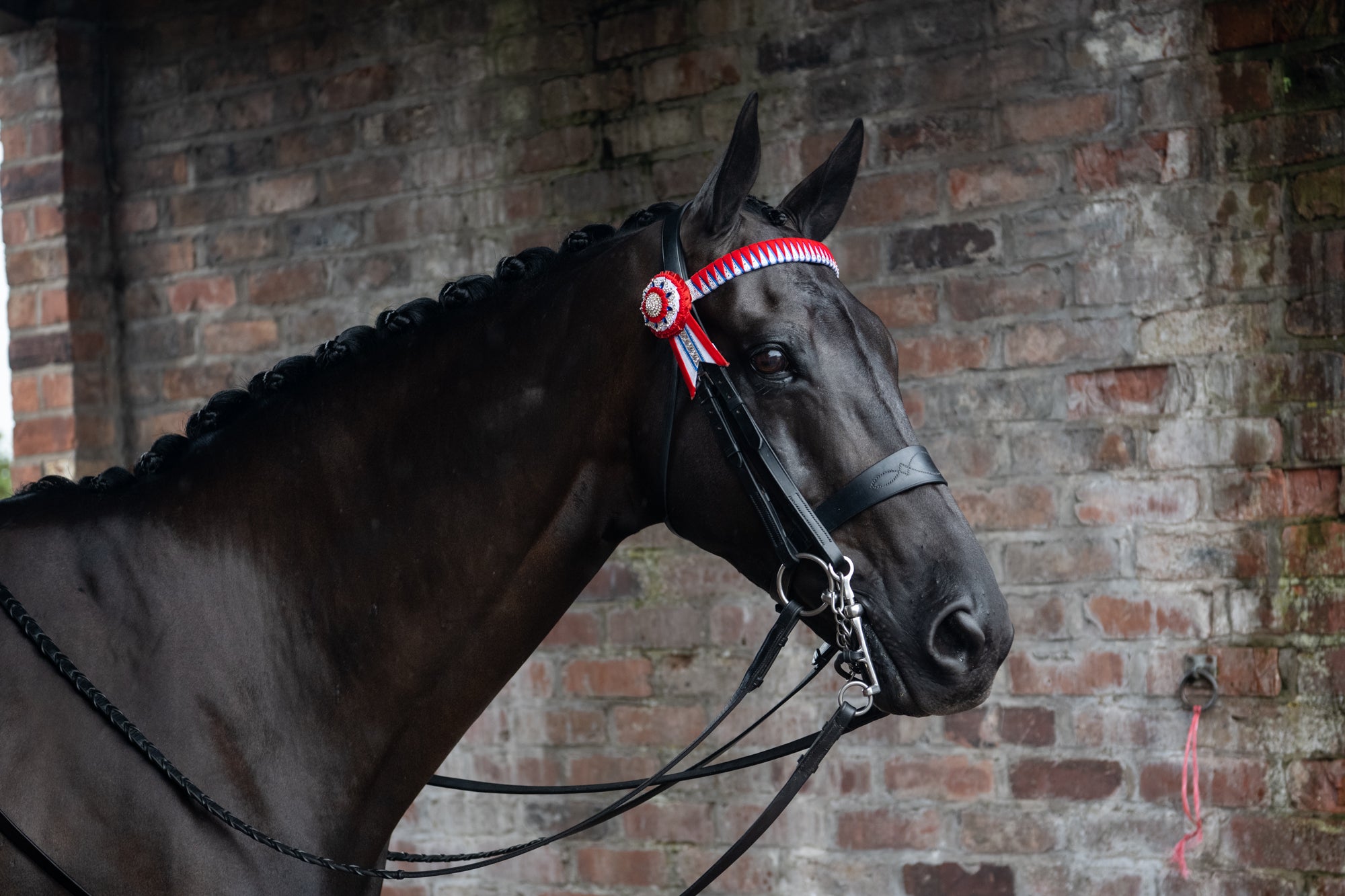
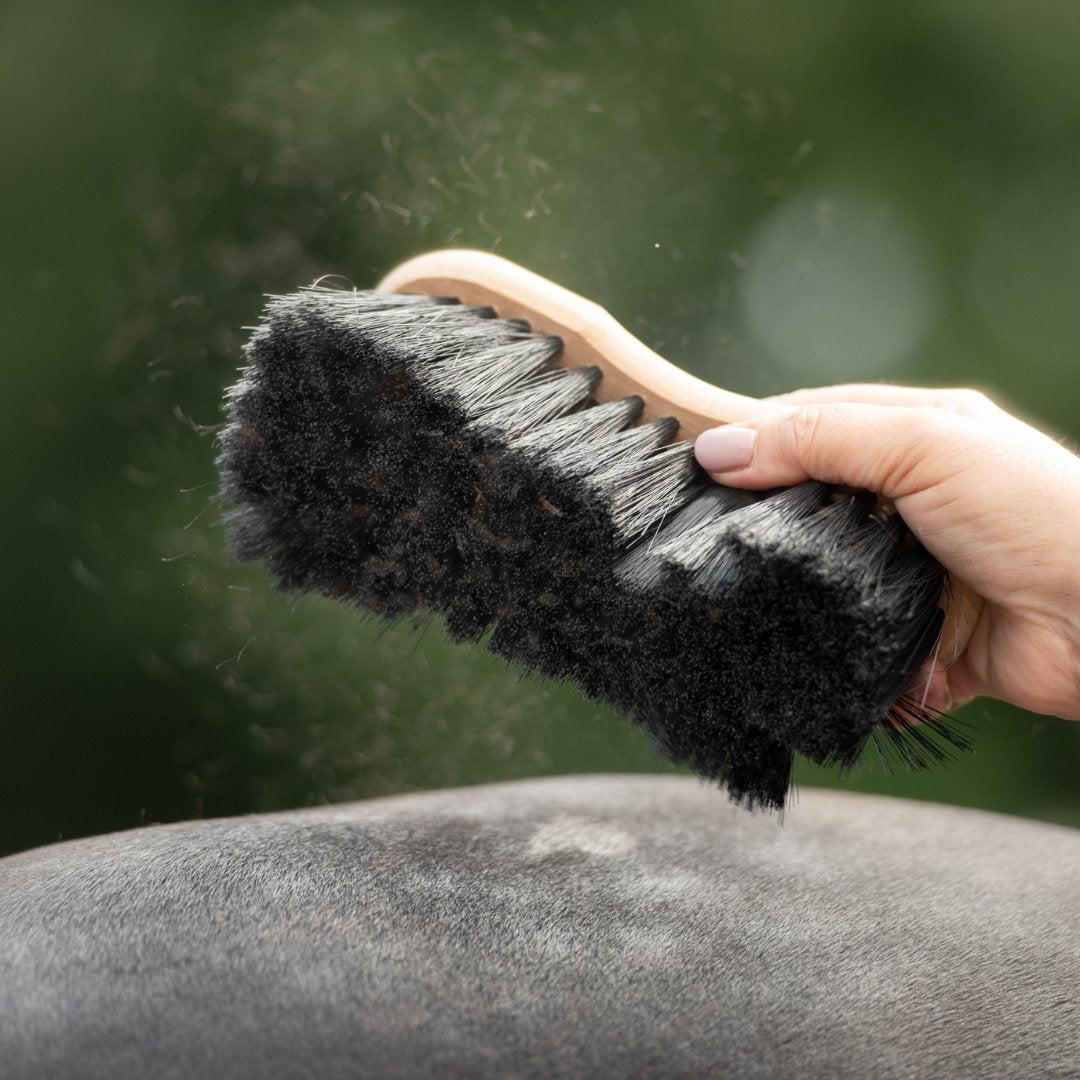
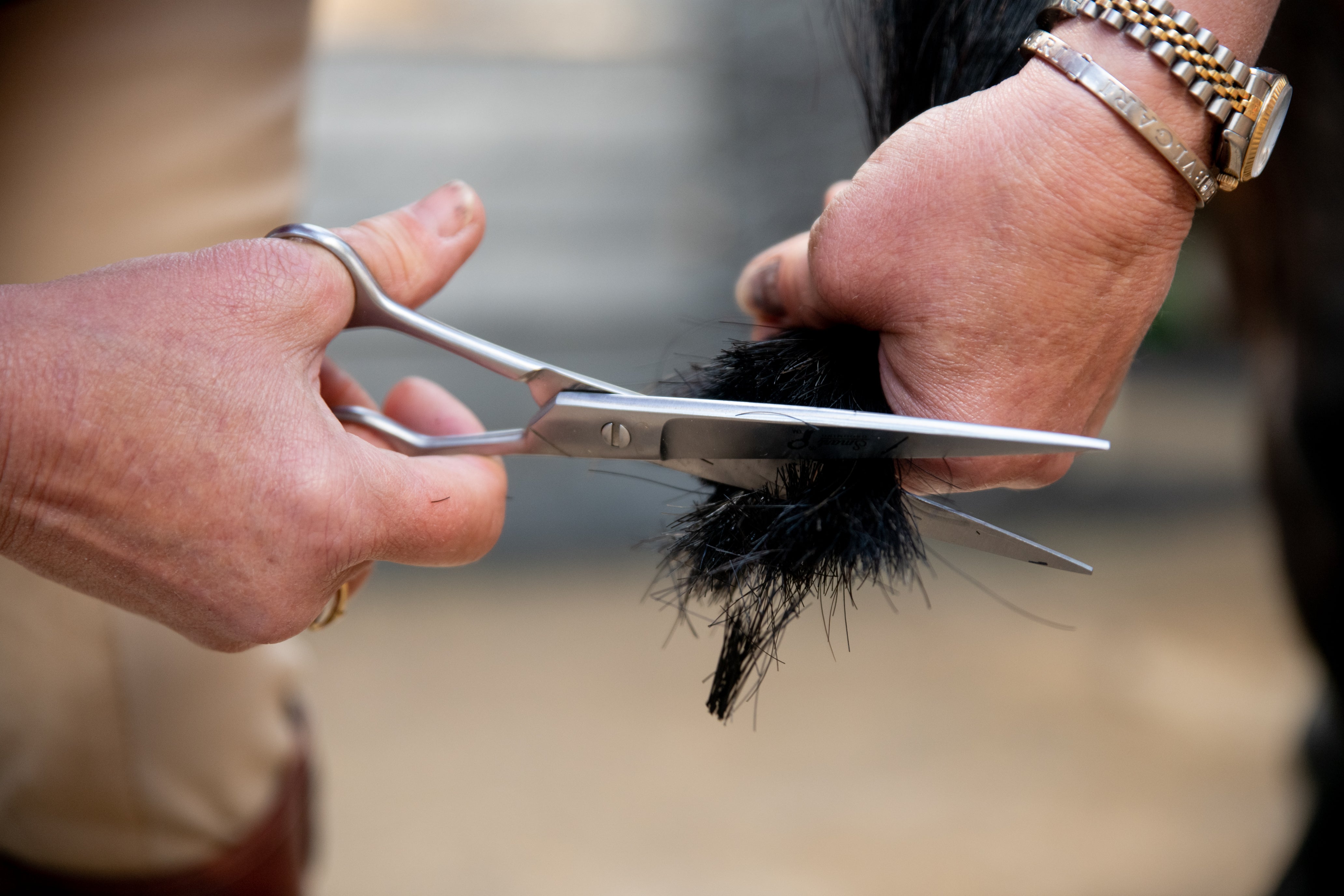

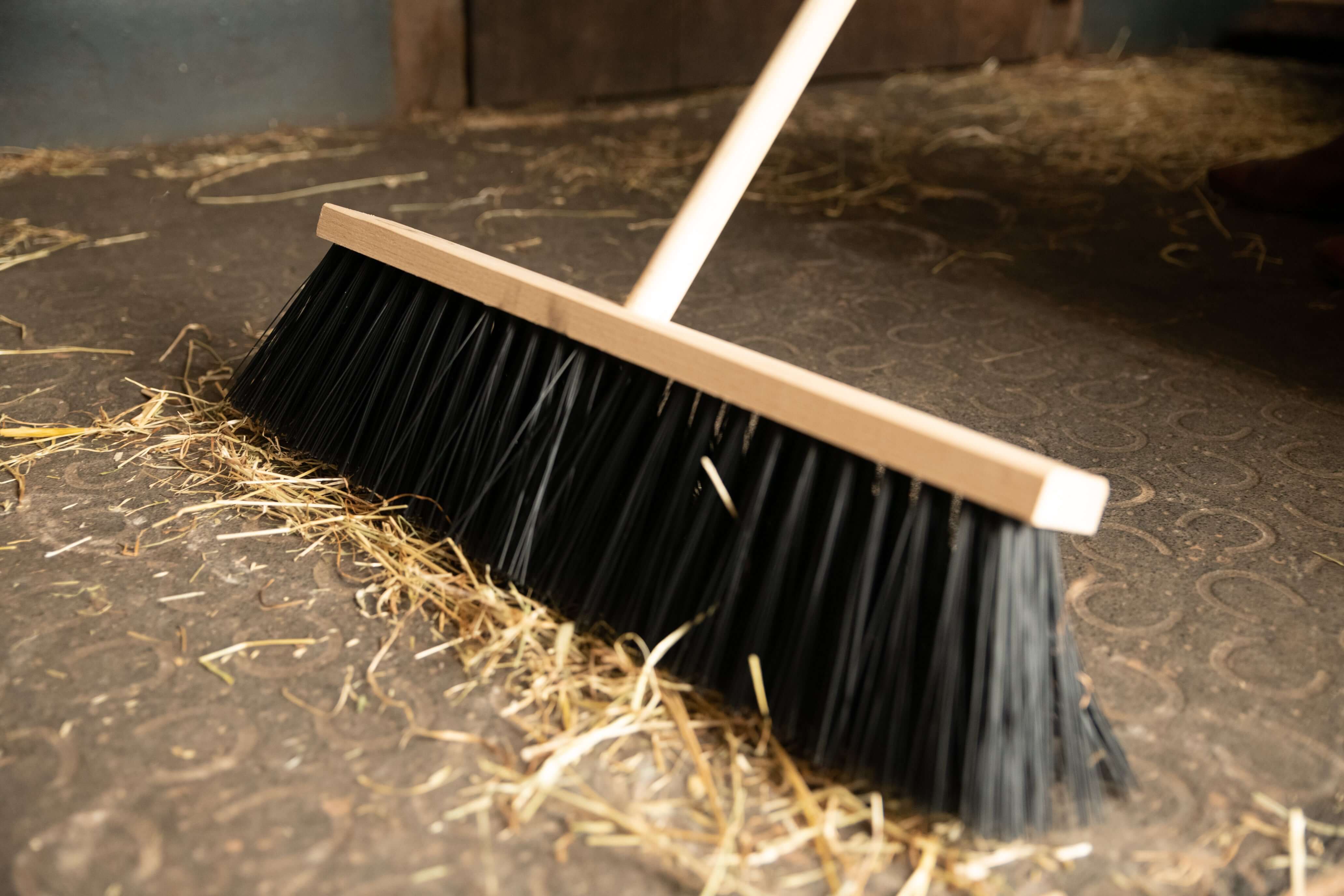
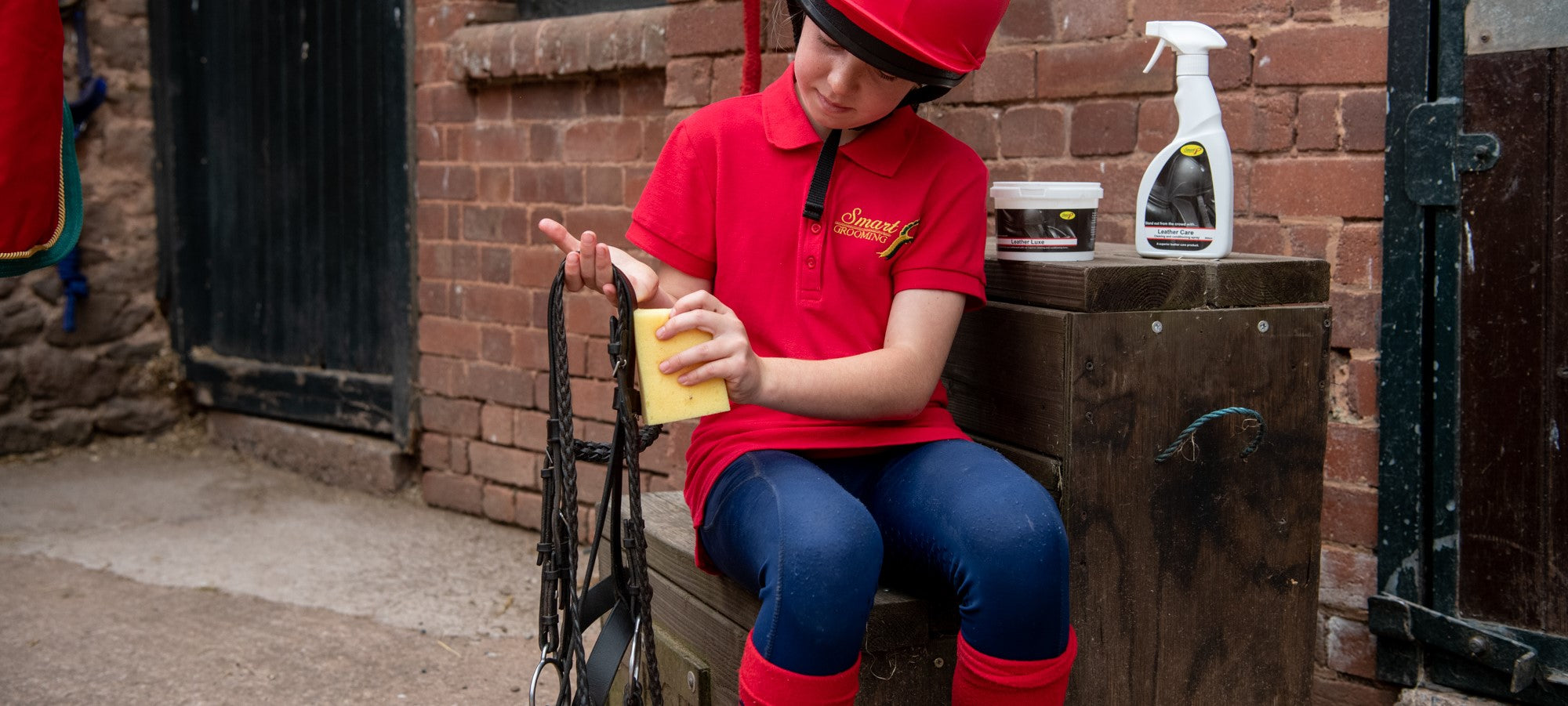
Hinterlassen Sie einen Kommentar